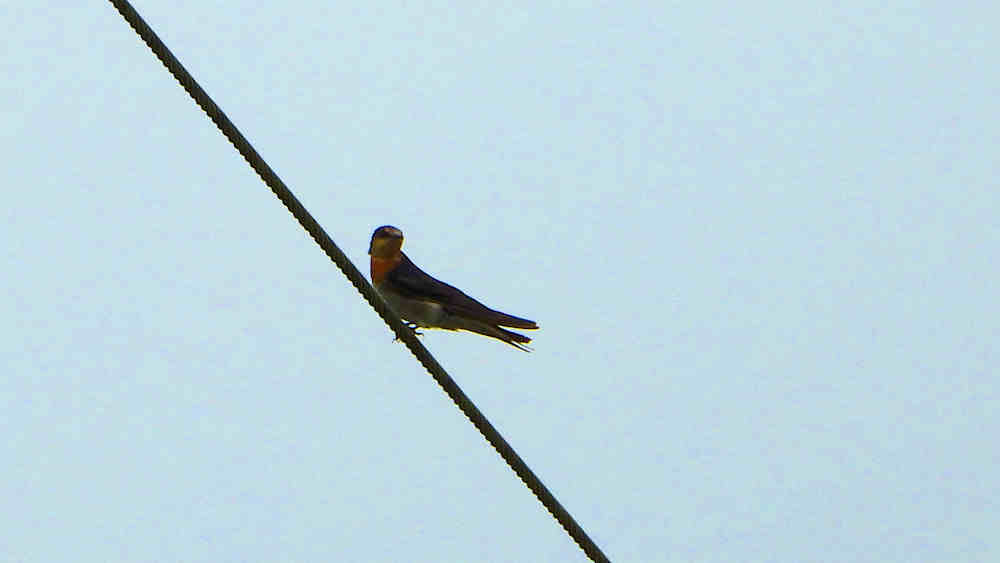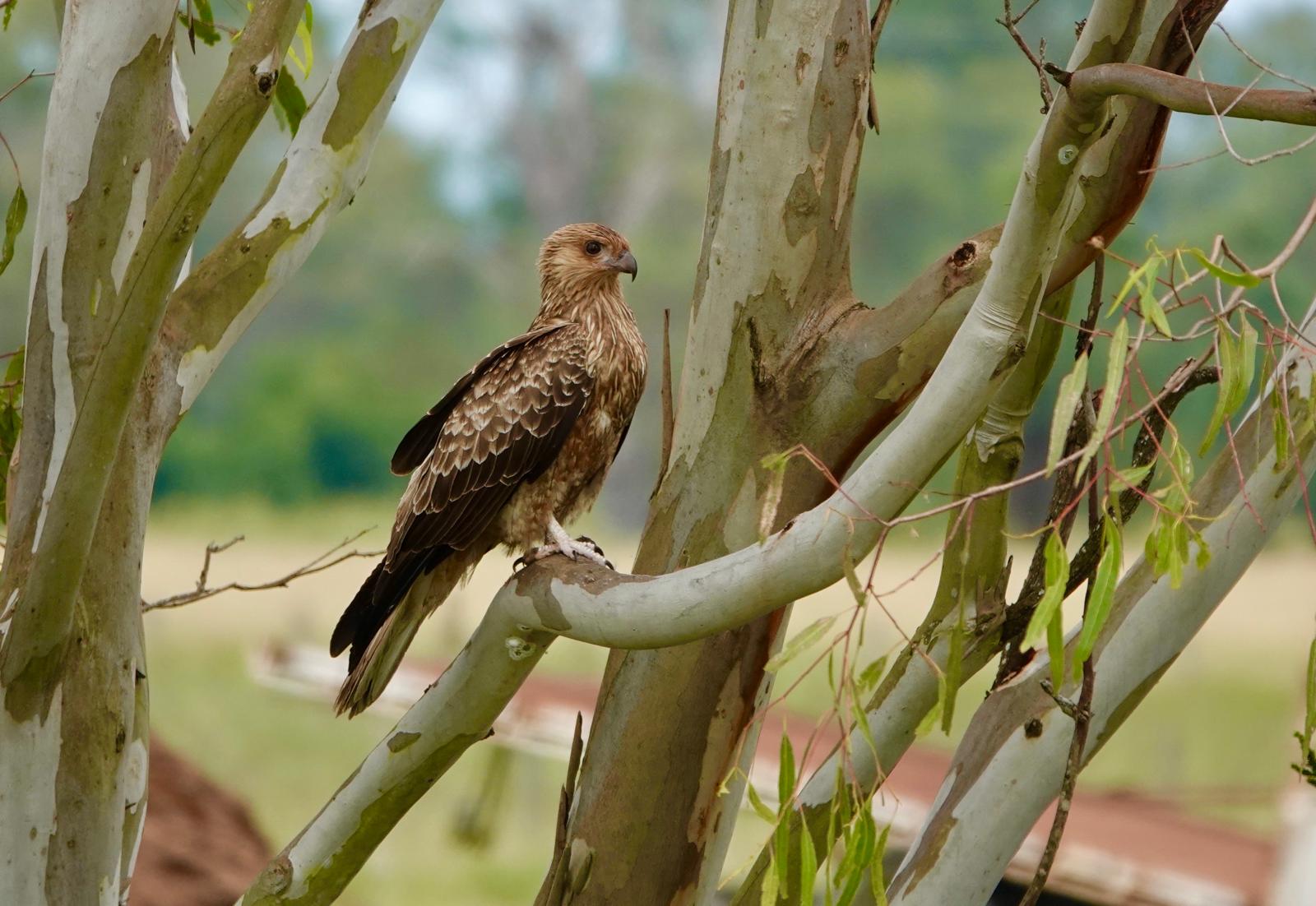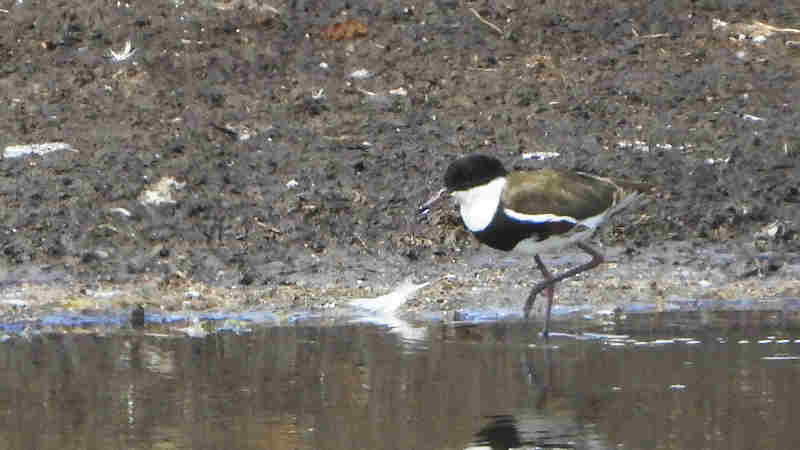Welcome Swallow (Hirundo neoxena)

Welcome Swallows (Hirundo neoxena) are small, graceful birds known for their aerial acrobatics and distinctive forked tails. Found across Australia, parts of New Guinea, and surrounding islands, these birds are a familiar sight, darting through the sky in pursuit of insects. The article provides an overview of their habitat, behavior, breeding habits, and their symbolic significance in various cultures.
Habitat and Distribution
Welcome Swallows are highly adaptable and can be found in a wide range of habitats, including open fields, parks, wetlands, and often near water bodies like rivers and lakes. Their adaptability also extends to urban areas, where they are commonly seen perched on wires or buildings. They have a broad distribution across Australia and are migratory in some parts of their range, particularly in the southern regions.
Physical Description
These birds are small and agile with glossy blue-black upperparts, light underparts, and a distinct reddish patch on their throat and forehead. One of their most notable features is their long, deeply forked tail, which they use expertly in flight. Their wings are long and pointed, enabling their acrobatic flying style.
Diet and Feeding Behavior
Welcome Swallows are aerial insectivores, meaning they catch and eat insects on the wing. Their diet primarily consists of flies, mosquitoes, and other flying insects. Their exceptional flying skills allow them to perform agile maneuvers while hunting, making them a joy to watch for bird enthusiasts.
Breeding and Nesting Habits
Breeding season for Welcome Swallows varies by region but generally occurs in the warmer months. They build distinctive, bowl-shaped mud nests, often under eaves, bridges, or similar structures. Both parents share in the construction of the nest, incubation of the eggs, and feeding of the chicks. The ability to nest in urban structures has helped them thrive in cities and towns.
Social Behavior
Welcome Swallows are social birds, often seen in pairs or small flocks. They are known for their chattering calls, especially when gathered in groups. During migration, they may form larger flocks. Their social nature is also evident in their communal roosting habits.
Conservation Status
The Welcome Swallow is currently listed as Least Concern by the IUCN. They are widespread and common in many parts of their range. However, like all wildlife, they face threats from habitat loss and environmental changes.
Cultural Significance
In various cultures, Welcome Swallows are seen as harbingers of spring and good fortune. Their return after migration is often welcomed as a sign of the changing seasons. Their presence in urban areas has also made them a part of the everyday wildlife experience for many people.
Conclusion
Welcome Swallows are more than just a common sight in the skies; they are an integral part of the ecosystem, controlling insect populations and bringing vitality to both rural and urban landscapes. Their adaptability and aerial prowess make them a remarkable species, emblematic of the resilience and beauty of the natural world. As they continue to share our habitats, they remind us of the importance of coexisting with wildlife and preserving the natural environments that support us all.
We are affiliated with Amazon and make a small royalty at no extra cost to you, so by using the links below to purchase your next birding gear you can help us to maintain Simply Birding and continue to bring great content:

Canon, Sony and Nikon cameras: https://amzn.to/4gmtDWk

Lenses for bird photography: https://amzn.to/3WG3vyF

Tripods: https://amzn.to/3PVDNT0

Memory Cards: https://amzn.to/3PV4Y0z

Bird books: https://amzn.to/42NgsKS

Binoculars for bird watching: https://amzn.to/42G0nGZ

Spotting Scopes for bird watching: https://amzn.to/4hom5nq















